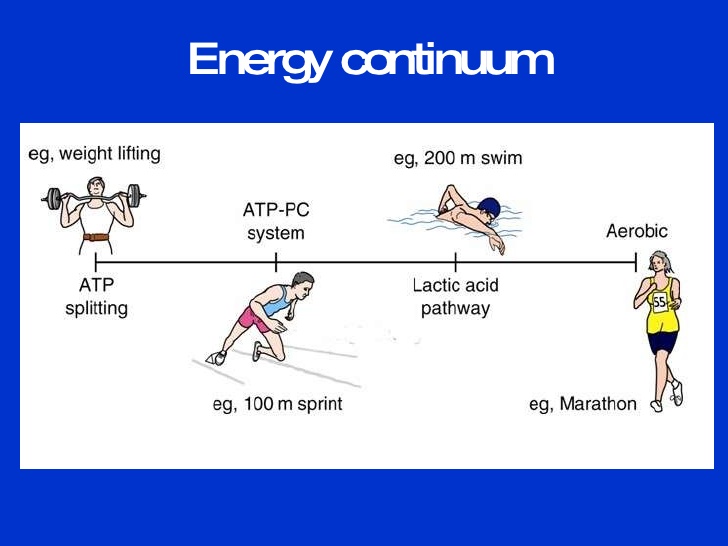Big benefits from the 5k
“Everyone thinks the marathon is the Holy Grail, when a lot of people should really be doing the 5K,” Jason Karp, exercise physiologist.
In the running world, many of us want to progress from the 5k to the 10k, half-marathon all the way to the marathon—and maybe beyond! More is always better, right? We think 5ks are for beginners and marathons are for the truly fit and powerful among us. And ultra-marathons? Those are for the real champions.
Well, I suggest that more isn’t always better. Sometimes more is just more. Maybe we should reconsider our view of the 5k. (Remember, the 5000m is an Olympic event. It’s not always easy.)
The 5K, Not The Marathon, Is The Ideal Race argues that for most people and most fitness goals, the 5k is the optimal distance.
The latest fitness trends
“Below are the newest and niftiest fitness programs that have been gaining in popularity, and the odds that they will attract the most disciples in 2016.”
In terms of fitness, exercise and strength training, I believe there is very little new under the sun. Lift heavy things. Sweat often. Eat right most of the time. Rest, recover, repeat. Those are the big-picture concepts that have built healthy humans since forever.
That said, if someone wants to make money in the fitness business, presenting this picture in new packaging is a wise idea. Further, if some sort of new fitness trend grabs someone’s attention then all the better. I believe that anything that gets someone to exercise and stick with it is probably a good thing.
Who’s afraid of chemicals?
“If you can’t pronounce an ingredient, then you shouldn’t eat it, right? Unfortunately, it appears that idea may not be the best advice nor very accurate.”
Those of us who value good nutrition tend to avoid processed foods in favor of those in a more “natural” state. The idea sounds reasonable. Many processed foods are unhealthy garbage. Cookies, crackers, breakfast cereal, many frozen meals and all sorts of packaged foods come with lots of calories but very little nutrition. If you look at food labels you often see a laundry list of strange-sounding substances that bear no resemblance to any sort of food we’ve ever heard of. These types of foods often go hand-in-hand with obesity and poor health. In contrast, we know that fruits, vegetables, minimally processed dairy, meat, beans and whole grains are generally healthier for us.
Internet gurus and quacks such as Vani “Food Babe” Hari, Dr. Oz, and Joseph Mercola have engaged in fear-mongering and misinformation which has led to confusion among consumers. (They’ve made a lot of money doing it too.) These people have told us that we must avoid all chemicals at all cost lest we be struck dead at any moment! The horror!
Here’s news for you: Everything is a chemical, including water, aka dihydrogen monoxide. Further, the central tenet of toxicology is “the dose makes the poison.” This means that a wide array of substances from alcohol to sugar to formaldehyde to chlorine to even water can become deadly at a certain dosage. Meanwhile lower dosages may pose no threat at all.
With these concepts in mind, I like the article from Science Driven Nutrition titled The truth about food ingredients. It’s brief and gives a rational breakdown of why many (but perhaps not all) chemicals in our foods are safe.


